How to make High-end A4 monitor speakers
The sound box has reasonable design, simple production and excellent performance. The only disadvantage is the high cost. The high-end A4 monitor speaker Mai S introduced in this article is designed by Mr. R Smulders for audio enthusiasts who like to make hands-on (see Figure 1). It uses Dan Can-Speak's latest High-end speaker unit, and the sound quality can reach The highest level of similar two-way small speakers can meet the needs of audiophiles in small indoor spaces. Because the panel size of the cabinet is only equivalent to one A4 copy paper, it is named "A4 monitor speaker". The main specifications of this speaker are shown in Table 1.
1. Design and production due to ordinary family room. The internal space is not spacious enough, requiring the speakers to be made as small as possible, so as not to attract attention when placed indoors. However, the efficiency no of the speaker has the following relationship with the cabinet volume VB and the low frequency -3d8 roll-off point f3:
no ï¼ kn · f33 · VB
In the above formula, kn is the cabinet coefficient. For well-designed bass reflex speakers, kn = 2x10-6; for high-quality enclosed speakers, kn = 10-6. The unit of the cabinet volume VB is l (liter), and the unit of f3 is Hz (Hertz). Therefore, if you want to reduce the volume of the cabinet, you must increase the -3dB low-frequency roll-off frequency to make the low-frequency response worse, otherwise you have to allow the speaker to work at a lower frequency. Today's high-power amplifiers generally have enough power surplus, and it is no problem to use them to drive low-frequency speakers, so some well-designed small speakers may also have a wider bandwidth and better low-frequency response. Of course, the volume of the cabinet cannot be reduced without limit, so as not to exceed the power limit of the speaker and burn out the voice coil or increase the nonlinear distortion of the speaker.
The designer of this speaker successfully realized the proper balance between the two seemingly incompatible properties of small volume cabinet and excellent sound quality. The tuning of the bass reflex and crossover filter are calculated very correctly, and the solid cabinet does not have any resonance. Of course, using Scan-Speak's high-end driver unit is also one of the important factors for the success of this speaker. After the audition, the sound quality of this speaker is very close to that of a much larger speaker, so that many listeners (they cannot see the speaker under test) think they are listening to a larger speaker.
1. The era of defiance and mockery of the two-way speaker system using the two-way frequency division is over. The four-way or five-way system has been gradually reduced after a flash, and many high-end speaker manufacturers have returned to the two-way or Three-way system. However, the audio industry has faced a problem for many years, which is better than the two-way and three-way systems? The designer of this speaker believes that the correct answer to this question can only be found when all the conditions are known. Even at this step, remember that any multi-channel system is a compromise. The ideal solution is to use only one drive unit for the speaker, which provides a straight phase and frequency response for the entire audio range of 20Hz-20kHz. Since there is no such ideal full-range driver unit, two or three driver units are forced to replay the sound in the audio range. It is inevitable that there will be some errors that are difficult to eliminate and remedy at the frequency division points of these units, which is why most speaker manufacturers limit the number of frequency division points (that is, the number of driving units).
The choice of multi-channel system drive unit depends on the sound pressure required for playback. For example, if the bass is required to have a high sound pressure level (SPL), a bass unit with a diameter of 25 cm or more is required. Unfortunately, this large-diameter drive unit has a tendency to swell at low frequencies, and should not be used for frequencies above 1kHz, nor for two-way systems, because the current tweeters cannot yet cover the frequency range of 1kHz-20kHz. 28mm dome tweeters usually cannot replay the sound of 2kH2-3kHz, and the lower limit frequency of 19mm dome tweeters is as high as 4kHz-51kHz. Their low-end frequency response and the high-end frequency response of large-diameter woofer cannot achieve a smooth transition.
If the sound pressure level in the bass range is allowed to be lower than 100dB, a woofer with a smaller caliber can be used. At such a low sound pressure level, it is usually difficult to dive the low frequency response below 50Hz, but the Scan-Speakl5cm low / midrange unit used by this speaker can produce sufficient sound output at low frequencies and can be reproduced satisfactorily 2kHz-3kHz sound, so there is no need to use the midrange unit. Some woofer units with smaller calibers are designed to be able to reproduce bass sounds in small speakers with great satisfaction. The low / midrange unit used in this speaker is a good example.
2. Selection of drive unit The drive unit of this speaker is selected from the Danish Scan-Speak company (see Figure 2). The company was originally an independent manufacturer. After being acquired by Vifa several years ago, it became Vifa's high-end product division. Scan-Speak's drive units are mostly hand-made high-quality cone and dome products. The D2905 / 990000 Revelator (revelator) tweeters introduced in the 1980s have been very high in the world. Is regarded as one of the best dome tweeters on the market.
The 15w 8530K00 type 15cm low / midrange unit used in this speaker also belongs to the "Revelator" series. Its basin holder is designed to fit a special long-stroke voice coil and facilitate airflow. Since there is no resonance, the enhanced cone has excellent damping effect and the cone ring has good linearity. This unit can provide the most realistic replay and dynamic performance among similar products.
Until now, the tweeters produced by Scan-Speak Company are all fabric dome type. Only the D2904 / 980000 type 28mm tweeter unit used by this speaker is the company's latest aluminum dome type product. The sound pressure frequency response of any dome has a series of valleys (zero points). They appear at a frequency where the difference between the path of the sound wave reaching the vertex and the edge of the dome is exactly 1/2 the frequency of the sound wave propagation path in the air. As a result, a phase difference occurs near these zero points, so that the axial acoustic output gradually decreases toward the zero point.
The frequency fn at which the zero appears is a function of the height h of the dome. 28mm aluminum dome h = 5mm, so
fn = C / in = 345/5 × (10) -3 = 69kHz
Therefore, the first valley point appears at 34.5kHz. When the dome unit is driven by a voice coil of the same diameter mounted on the edge, the first split resonance appears near the first phase zero point (that is, 34.5kHz in this example), which is much higher than human hearing range. The resonant frequency of this tweeter is low (500 Hz), and it is linearly tuned by a special diffuser section that is suspended separately when reproducing the highest frequency. Its sound is very wide, clear and detailed.
3. Crossover filter The passive crossover filter of this speaker provides corresponding high and low frequency bands for the two drive units respectively. It has been carefully designed to match the characteristics of the drive unit with the cabinet. Do not easily change the filter during production Circuit and drive unit.
The circuit of the crossover filter is shown in Figure 3. The first-order low-pass filter part of the low / midrange unit is mainly composed of the inductor L1 and the capacitor C1, and its frequency response roll-off rate is 6dB per octave. The network R1-C1 compensates for the increase in impedance of the unit (LS1) at high frequencies, and the filter cannot work normally without it. In order to reduce the internal resistance of L1 as much as possible, the inductor is twisted with enamelled copper wire with a diameter of 0.5mm to form a Tritec stranded wire with a thickness of 1.5mm and wound around 7 turns to make a disc-shaped hollow core inductor with an inductance of 2.2mH The resistance is 0.52 Euro. Another advantage of using stranded wires is that the skin effect is small.
The third-order high-pass filter part of the tweeter is composed of C2, C3 and L2, and its frequency response roll-off rate is 18dB per octave. Due to the different sensitivity of the two units, the voltage divider R1-R3 attenuates the power applied to the tweeter unit LS2 by 5dB in order to keep the acoustic output of the two units consistent. C2 and C3 have a great influence on the performance of the speaker, and must be served by high-quality capacitors, at least metalized polypropylene (MKP) capacitors. According to the designer, C2 is preferably composed of a 1pF and a 4.7pF tin foil type (KPSn) capacitor in parallel, and C3 is composed of two parallel 10uF MKP capacitors and a 47uF KPSn capacitor in series. But during the audition, the difference between the sample with the MKP capacitor and another sample with the KPSn capacitor was not heard.
The crossover frequency of the entire filter is designed at 2kHz. The main purpose is to achieve a seamless transition between low / intermediate frequency response and high frequency response. No crossover point can be found from the frequency response characteristic curve shown in Fig. 4, indicating that the design of the crossover filter of this speaker is successful. Due to the small number of components, the crossover filter can be installed on a homemade or commercially available crossover filter printed circuit board, as shown in Figure 5. The disc-shaped coil on the left side of the figure is an air-core inductor L1 wound with a stranded wire. Note that the two drive units LS1 and LS2 must be connected in phase according to the polarity shown in Figure 3, otherwise the performance of the speaker will be seriously reduced.
4. Box making The box making of this speaker is relatively simple, just press as shown in Figure 6. Six box plates with corresponding openings can be fastened together without the use of reinforcing plates or pillars. The tweeter is installed off the center of the panel and the sides of the front panel are rounded to achieve correct radiation direction. In addition, compared with the usual practice, the bass reflex port is not located on the front panel but on the back of the cabinet. The sound tube connected inside the reflector can be made of PVC plastic tube with a diameter of 35mm and a length of 123mm with a slight taper.
In order to avoid cabinet resonance, 22mm thick medium density fiberboard (MDF) is used for the side panels and upper and lower panels on both sides, and 30mm thick MDF is used for the front panel. The inner surface of the 6 box plates is best to be pasted with 4mm thick lead (but more expensive), or asphalt oil felt of the same thickness can also be pasted for sound damping. The damping material should be carefully cut off at the opening of the box plate, so as not to hinder the installation of the drive unit and the sound pipe.
As shown in Figure 6, the two drive units should be flush-mounted on the front panel, otherwise there will be some valleys in the frequency response. The speaker wiring board on the rear panel also uses the same embedding method, but the latter is just for aesthetics. The terminal block has two large terminals connected to the speaker wire. If you plan to use a two-wire bi-wir-ing connection, you can choose a speaker terminal board with four terminals. The frequency division filter circuit board is installed on the bottom plate in the box, and then it is connected to the driving unit and the speaker terminal with high-quality speaker wire. The outer surface of the box can be painted or decorated according to everyone's preferences.
Second, the actual measurement results In order to truly and comprehensively understand the performance of this speaker, the preliminary audition is conducted first, then the instrument test, and finally the careful audition. The results show that the instrument test is very consistent with the audition results, everything is expected, the actual audition effect is better than the instrument test results.
The frequency characteristics of this speaker are shown in Figure 4. The overall flat response and a little emphasis around 100 Hz will not be repeated. There is a small amount of sag in the frequency response around 500Hz, and a slight bulge of 1.5dB around 750Hz. These defects do not impair the actual performance. They are certainly not caused by the low / midrange unit, because the frequency response of the unit is flat like a pencil. In fact, they are caused by the small size of the front panel, and most small speakers have a similar phenomenon. The curve indicated by the dotted line in FIG. 4 is the low frequency response measured directly in front of the bass reflex port. The reflection port is tuned to 40 Hz, and the impedance characteristic of FIG. 7 more clearly shows this. The figure also shows that the impedance of this speaker is not less than 7 ohms, which means that any suitable power amplifier can drive it. But it is best to use a power amplifier with a large power reserve, because the sensitivity of this speaker is low (about 85.5dB / W at lm).
Third, the audition evaluation instrument test is certainly important, but the performance of the speaker can only be finalized through careful audition. Although the volume of this speaker is small and its appearance is not amazing, it can produce a very open and real sound, which is better when used for replaying excellent live recordings. The details of the sound reproduced in the midrange and treble range are reminiscent of electrostatic speakers. The bass is tight, unrendered and the dive is unexpected. The -3dB point of its low frequency is located near 40Hz.
As people expect from high-quality monitor speakers, this speaker is not biased towards any kind of music, and it plays back classical music, jazz and popular music equally perfectly, mellow and natural. Replaying distinctive singing voices such as Pavarotti, Reed, Fitzgerald and Brightman is as true as replaying Parman's violin, Goodman's clarinet and Williams' guitar . In short, this speaker is one of the few speakers that makes you quickly forget to listen and completely immerse yourself in music.
However, it must be remembered that even small speakers with such good performance have certain limitations in their low-frequency performance. However, the low-frequency limitations of this speaker are not outstanding, but only become obvious when compared with large speakers. At this time, it is necessary to use a large speaker with a volume 10 times larger than this speaker to reveal the difference in low-frequency performance.
Because the bass reflex port is located behind the cabinet, this speaker should not be placed directly facing the wall. However, placing it near the wall during the audition has a better effect than moving away from the wall. At this time, the bass sounds extremely warm, and when you move away from the wall, the sound looks cool.
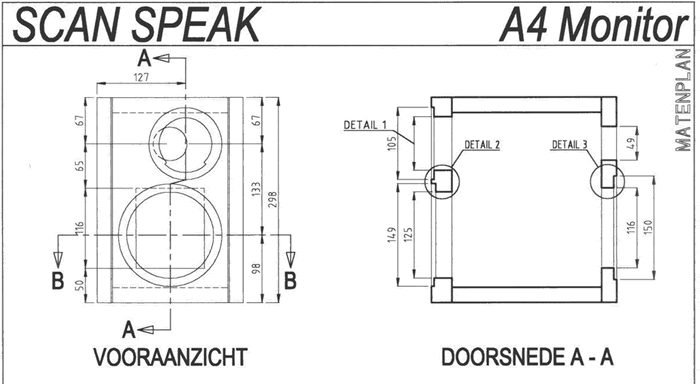
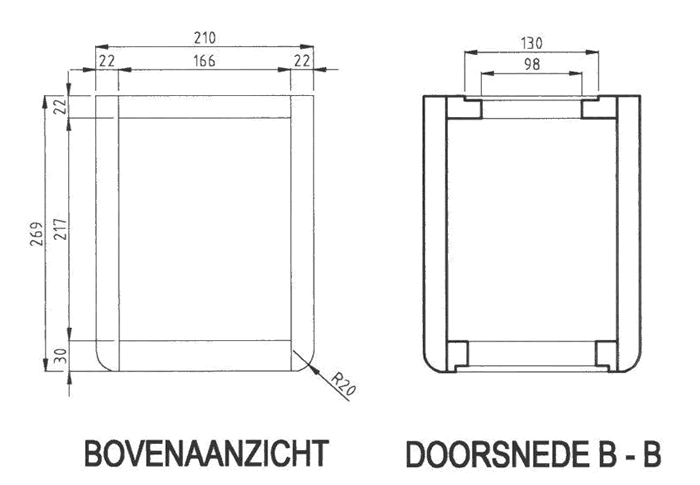

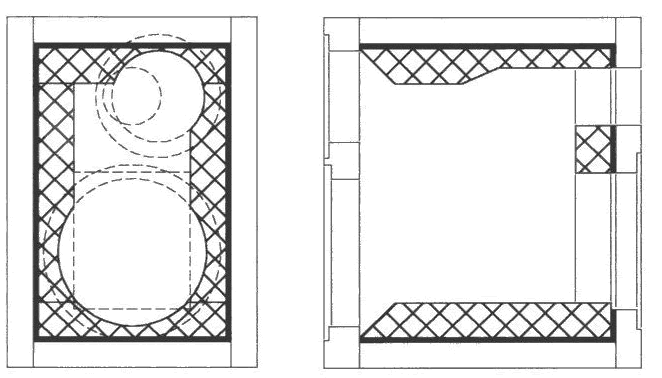
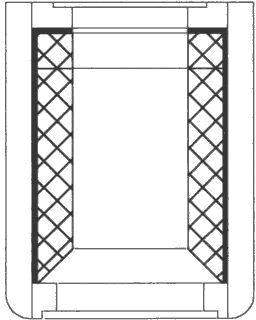

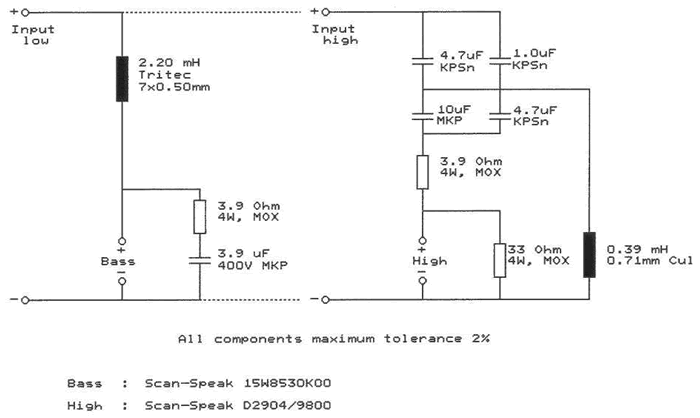
Huawei Touch Screen Price,Mobile Phone Touch Panel,Mobile Phone LCD,Mobile Touch Screen Manufacturers
Dongguan Jili Electronic Technology Co., Ltd. , https://www.jlglassoca.com